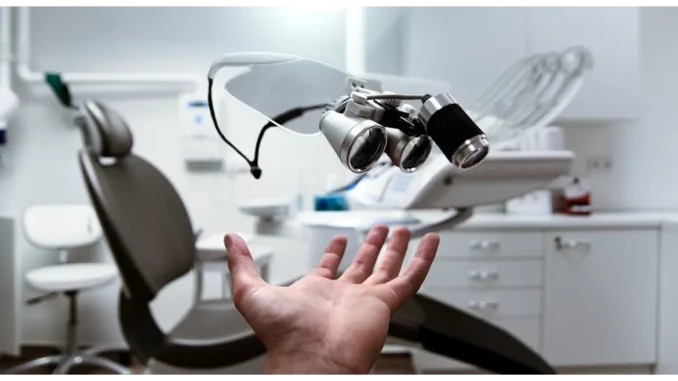
In the rapidly transforming realm of artificial intelligence (AI) within healthcare, it would be reasonable to anticipate a swift integration of AI-based screening technologies, particularly for widespread conditions such as diabetic retinopathy. However, as illuminated in a recent discussion with Dr. Emily Carter, a seasoned ophthalmologist and researcher acquainted with the findings from the Byers Eye Institute at Stanford University, the situation in the United States is far from straightforward.
Dr. Carter, with over a decade of experience in ophthalmology, graciously shared her insights during a peaceful afternoon at her clinic in New York. Her office, replete with the rhythmic hum of medical equipment and the soothing aroma of lavender, provided a welcoming backdrop for her passionate discourse on the challenges and prospects of AI in her field. “When AI-based screening for diabetic retinopathy was granted FDA approval, many of us anticipated a rapid adoption,” she began, her eyes betraying a blend of optimism and frustration. “Yet the reality has unfolded quite differently.”
The study in question scrutinised data from an extensive cohort of nearly five million diabetic patients across 62 healthcare organisations in the United States. It revealed that only 0.09% of these patients underwent AI-based screening between 2021 and 2023. In stark contrast, the utilisation of traditional remote imaging methods soared by over 185% during the same period. “There’s a significant gap between the potential of AI and its actual utilisation,” Dr. Carter observed. “Traditional methods are deeply entrenched in our practices and workflows. For many physicians, it’s simply a matter of ‘if it isn’t broken, why fix it?'”
Dr. Carter elaborated on the reasons underpinning the sluggish adoption, highlighting the practical challenges healthcare providers encounter. “Integrating AI systems necessitates more than just financial investment; it also demands time and effort to train staff and overhaul existing workflows. It’s not as simple as flipping a switch.” Her clinic, though progressive, reflects the broader healthcare landscape in the United States. Many clinics, particularly those in rural or underserved regions, lack the resources to implement such advanced technologies. “You might be surprised,” she remarked with a knowing smile, “but even today, a significant portion of our AI patients come from the South, and a large number are Black. It’s a testament to the disparities in healthcare access and technology adoption.”
The discussion shifted towards the potential advantages of AI-based screening. “AI offers a level of precision and efficiency that traditional methods cannot match,” she emphasised. “It can analyse retinal images with remarkable accuracy, flagging potential issues even before symptoms manifest. This is crucial for diabetic retinopathy, where early detection can prevent vision loss.” Despite these merits, Dr. Carter acknowledged that the transition to AI is not merely a technological hurdle but a cultural one. “Healthcare is inherently conservative. There’s a natural reluctance to adopt new technologies, especially when patient outcomes are at stake.”
To surmount these barriers, Dr. Carter advocated for a more collaborative approach. “We need to support physicians and healthcare organisations in this transition. This could be achieved through funding, training, or even policy changes that encourage innovation without compromising patient care.” As our conversation reached its conclusion, Dr. Carter reflected on the future of AI in ophthalmology with cautious optimism. “The study’s findings serve as a call to action. They underscore the necessity for targeted strategies to enhance imaging rates and improve patient outcomes. Yet, we’re merely at the onset of this journey.”
Her words resonated, underscoring the intricate interplay between technology, healthcare, and human behaviour. As I departed from her clinic, I was left contemplating the patients who stand to benefit from advancements in AI-based screening—awaiting a healthcare system prepared to embrace the future. The path forward lies in bridging the gap between AI’s potential and its practical application, ensuring that the promise of technology translates into tangible benefits for all.


Be the first to comment